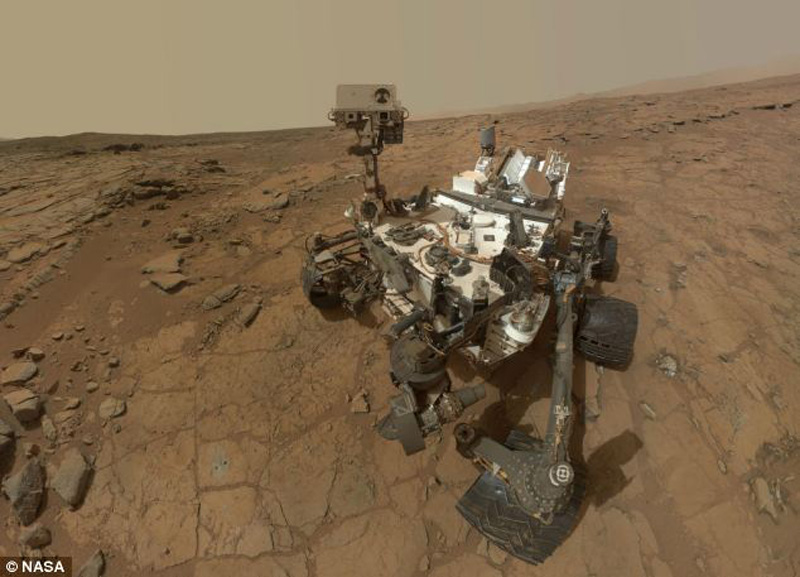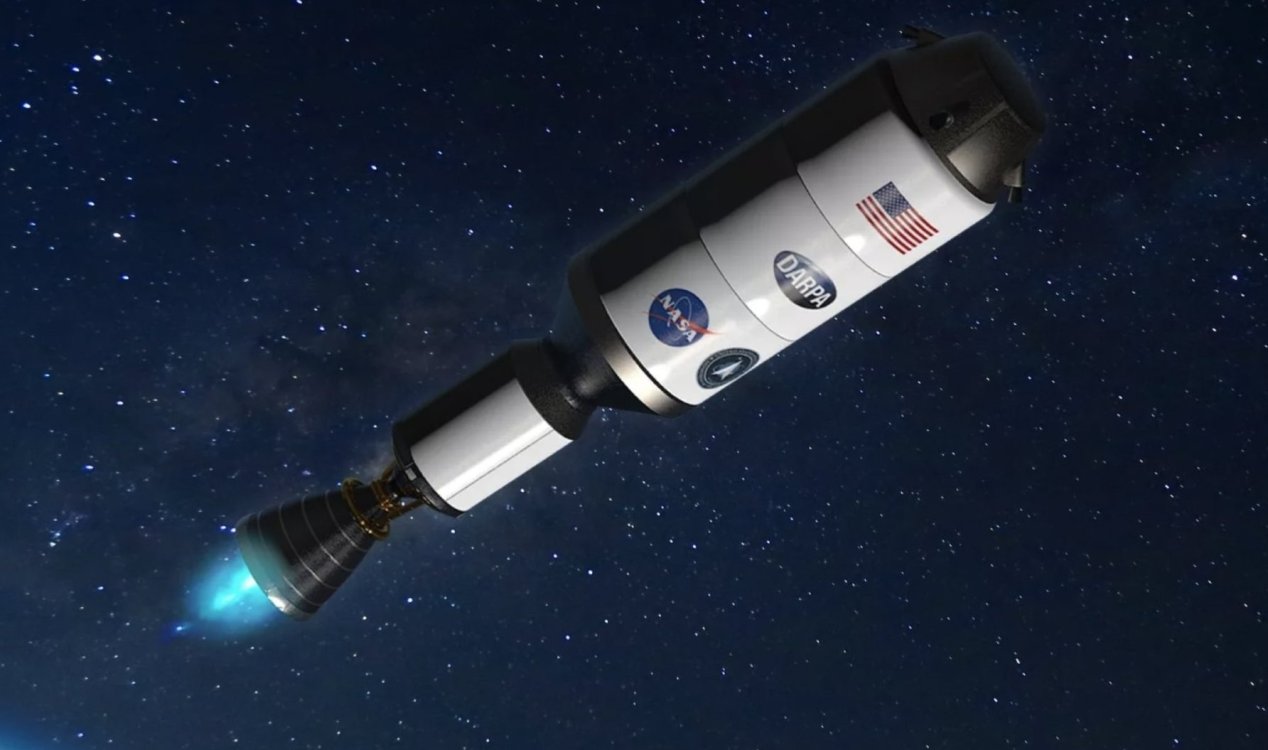(Image Credit: NASA)
Evidence of an ancient fresh water lake on Mars suggests that life may have flourished on the red planet 3.6 billion years ago.
Mudstones from Gale Crater, the original landing site of Curiosity, were formed in a lake which may have existed on the planet for hundreds of thousand of years according to scientists.The basin which is 150km wide with a mountain at its centre, could very well have sustained more than one lake approximately 3.6 billion years ago.
Research analysis shows that the lake would have contained key biological elements like carbon, hydrogen, oxygen, nitrogen, and sulphur, creating perfect conditions for microbial life such as chemolithoautotrophs to thrive in.
The finding was made by researchers at NASA’s Mars Science Laboratory (MSL) Curiosity Rover Mission. Professor Sanjeev Gupta stated:
‘What we have found is that Gale Crater was able to sustain a lake on its surface at least once in its ancient past that may have been favourable for microbial life, billions of years ago.
‘This is a huge positive step for the exploration of Mars.
‘It is exciting to think that billions of years ago, ancient microbial life may have existed in the lake’s calm waters, converting a rich array of elements into energy.
‘The next phase of the mission, where we will be exploring more rocky outcrops on the crater’s surface, could hold the key whether life did exist on the red planet.’
Check out the entire article here at The Daily Mail.





